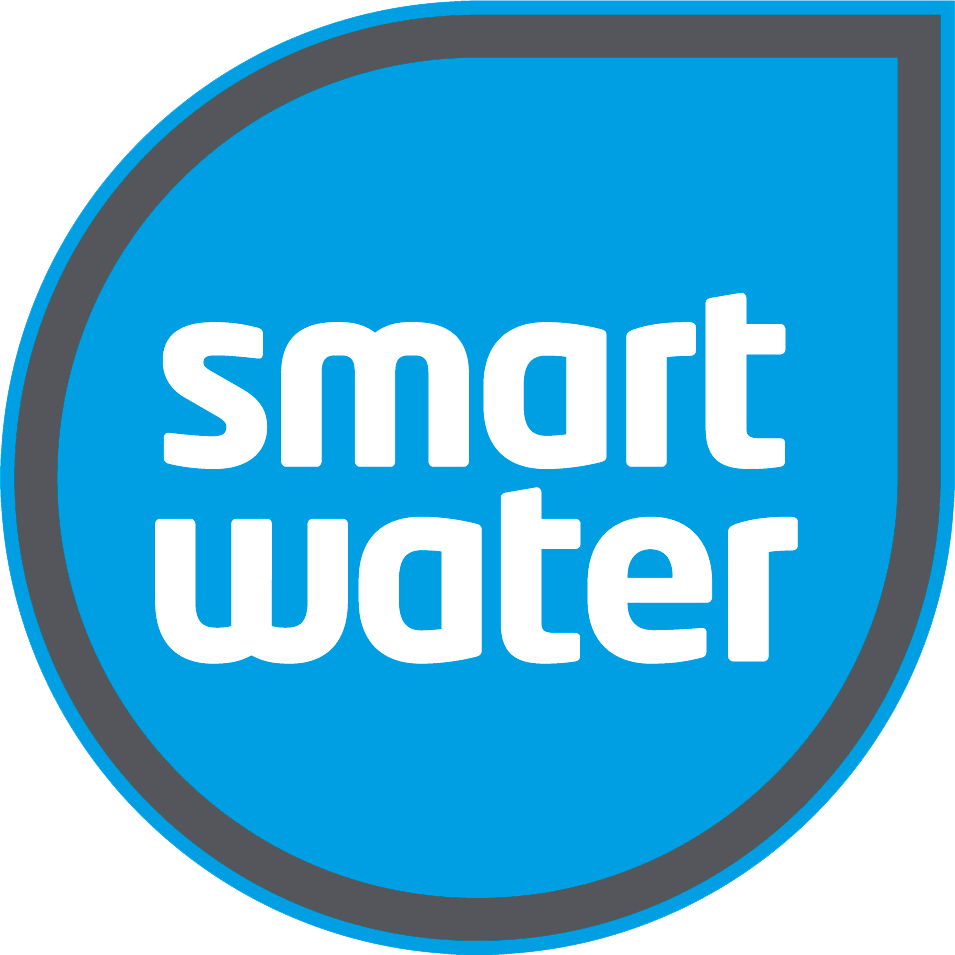 Shopping Cart
Shopping Cart
10 July 2023
The Ripple Effect: Understanding the Environmental Consequences of Rainwater Runoff
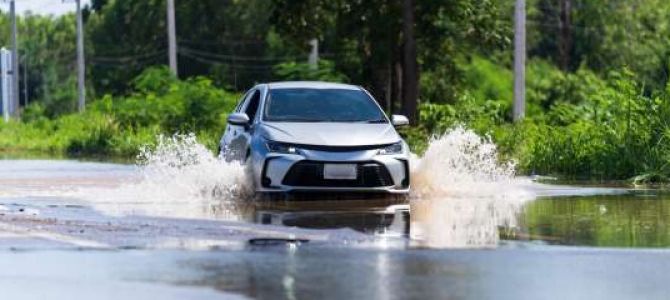
Did you know that rainwater runoff has a significant impact on our environment?
Every time it rains, water rushes off our roofs, driveways, and streets, carrying with it a cocktail of pollutants and contaminants.
This seemingly harmless phenomenon, known as rainwater runoff, has far-reaching consequences that often go unnoticed.
From contaminating our waterways and depleting aquatic life to contributing to flooding and erosion, the ripple effect of rainwater runoff is something we should all be aware of.
In this post, we will delve into the environmental consequences of rainwater runoff, exploring the negative effects it has on our ecosystems and discussing potential solutions to mitigate its impact.
The environmental impact of rainwater runoff
Rainwater runoff may seem like a natural process, but its environmental impact is far from benign.
When rainwater flows off impervious surfaces such as rooftops, roads, and parking lots, it picks up various pollutants along the way.
These pollutants can include chemicals from vehicles, fertilisers from lawns, oil and grease from roads, and even harmful bacteria from animal waste. As the runoff travels, it accumulates these contaminants and eventually finds its way into our waterways.
This influx of pollutants can have detrimental effects on aquatic ecosystems. The chemicals and nutrients carried by rainwater runoff can disrupt the delicate balance of water bodies, leading to water pollution and the depletion of aquatic life.
Excessive nutrient runoff, for example, can cause algal blooms, which deprive aquatic plants and animals of oxygen, leading to fish kills and the degradation of habitats.
Additionally, the presence of chemicals and bacteria in the runoff can pose a health risk to humans and wildlife that rely on these water sources.
Pollution caused by rainwater runoff
One of the most significant environmental consequences of rainwater runoff is pollution. As rainwater flows over impervious surfaces, it collects a wide range of pollutants that have accumulated on these surfaces. These pollutants can come from various sources, including vehicle emissions, industrial activities, and the use of pesticides and fertilisers in agriculture and landscaping.
The pollutants in rainwater runoff can be classified into two main categories: point-source pollutants and non-point-source pollutants. Point source pollutants originate from a specific, identifiable source, such as a factory or sewage treatment plant. Non-point source pollutants, on the other hand, come from diffuse sources and are more challenging to trace back to a single origin. These can include pollutants from urban areas, construction sites, and agricultural fields.
Rainwater runoff, with its high concentration of pollutants, is a major contributor to water pollution. When the runoff enters our waterways, it can contaminate rivers, lakes, and oceans, posing a threat to aquatic ecosystems and the organisms that depend on them. The pollutants can disrupt the natural balance of these ecosystems, affecting the health and survival of plants, fish, and other aquatic life.
Moreover, when rainwater runoff carries sediment from construction sites or eroded soil from agricultural fields, it can lead to the degradation of water quality and the loss of habitat for aquatic organisms.
Erosion and sedimentation from rainwater runoff
In addition to pollution, rainwater runoff also contributes to erosion and sedimentation. When rainwater flows over bare soil or slopes, it can pick up loose soil particles and carry them away.
This process, known as erosion, can result in the loss of fertile topsoil, which is essential for plant growth. The eroded soil is then transported by the runoff and deposited in water bodies, leading to sedimentation.
Erosion and sedimentation caused by rainwater runoff have several negative consequences. Firstly, the loss of topsoil through erosion can reduce soil fertility and agricultural productivity. This can have a significant impact on food production and the livelihoods of farmers.
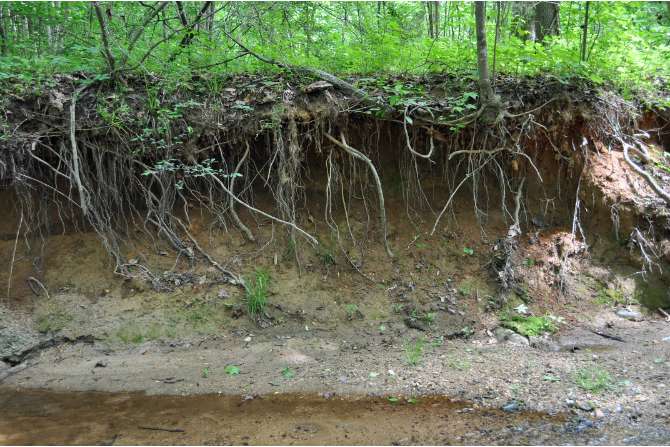
Secondly, the sediment carried by the runoff can clog waterways, reducing their capacity to store water and increasing the risk of flooding. Excessive sedimentation can also smother aquatic habitats, covering important spawning grounds for fish and other organisms.
To mitigate the effects of erosion and sedimentation from rainwater runoff, various strategies can be employed.
These include implementing erosion control measures such as retaining walls, terracing, and contour ploughing.
Additionally, the use of vegetation and ground covers can help stabilise soil and prevent erosion. Proper land management practices, such as maintaining vegetative buffers along water bodies and avoiding overgrazing, can also play a crucial role in reducing erosion and sedimentation.
Effects on aquatic ecosystems
Rainwater runoff poses significant threats to aquatic ecosystems. As mentioned earlier, the pollutants carried by the runoff can disrupt the balance of water bodies, leading to water pollution and the degradation of habitats. These effects can have far-reaching consequences for the organisms that rely on these ecosystems for survival.
Aquatic plants, for example, can be particularly vulnerable to the impacts of rainwater runoff. Excessive nutrient runoff can stimulate the growth of algae, creating algal blooms that block sunlight and deplete oxygen levels in the water. This can have a detrimental effect on submerged aquatic plants, which require sunlight for photosynthesis and oxygen for respiration. As a result, these plants may die off, disrupting the food chain and reducing the overall biodiversity of the ecosystem.
Fish and other aquatic animals are also at risk from rainwater runoff. The presence of pollutants in the runoff can directly harm these organisms, affecting their growth, reproduction, and survival.
Heavy metals, for instance, can accumulate in fish tissues, making them unsafe to consume. In addition, the loss of habitat caused by sedimentation can reduce the availability of suitable spawning and feeding grounds, further impacting the populations of fish and other aquatic organisms.
Impact on drinking water quality
The consequences of rainwater runoff extend beyond aquatic ecosystems. The pollutants carried by the runoff can also pose a threat to our drinking water sources. Many communities rely on surface water, such as rivers and reservoirs, as their primary source of drinking water. When these water bodies become contaminated by rainwater runoff, it can compromise the quality and safety of the drinking water supply.
The presence of pollutants in drinking water can have serious health implications. Chemical contaminants, such as pesticides and industrial chemicals, can be harmful, even at low concentrations. Some of these compounds have been linked to various health problems, including cancer, developmental disorders, and reproductive issues. Bacteria and other pathogens carried by the runoff can also pose a risk, causing waterborne diseases such as gastroenteritis and cholera.
To ensure the quality of our drinking water, it is essential to implement measures that prevent or reduce the contamination of water sources by rainwater runoff. This can include the establishment of buffer zones and vegetated areas around water bodies, as well as the proper management of agricultural and urban runoff. Additionally, water treatment plants can employ advanced filtration and disinfection techniques to remove pollutants and pathogens from the water supply.
Solutions to mitigate rainwater runoff
While the environmental consequences of rainwater runoff are significant, there are solutions available to mitigate its impact. By adopting sustainable practices and investing in innovative technologies, we can reduce the amount of runoff generated and prevent the pollution and erosion associated with it.
One effective solution is rainwater harvesting. This practice involves capturing and storing rainwater for later use, rather than allowing it to run off into the environment. Rainwater can be collected from rooftops, stored in tanks or underground cisterns, and used for various purposes, including irrigation, toilet flushing, and laundry. Not only does rainwater harvesting help conserve water resources, but it also reduces the strain on stormwater management systems and decreases the risk of flooding.
This is an approach that many countries are looking at, with some councils implementing policies that mean that any new build must include a rainwater harvesting solution, typically a water tank.
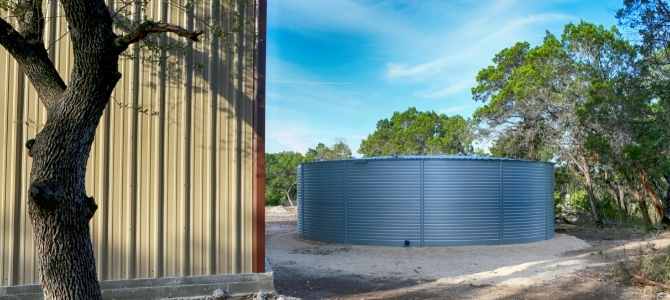
Water tanks are popular here in New Zealand and with fluctuating weather patterns around the world leading to uncertainty around water consumption and the availability of municipal water. Whilst 2023 has been a particularly wet year for New Zealand to date, we only have to look back three years to water restrictions in Auckland with water restrictions put in place in some parts of the South Island earlier this year.
By collecting rainwater from your roof, you are not only helping to reduce rainwater runoff, but you are also becoming more self-sustaining, generating your own water supply, whether that’s for potable or non-potable purposes.
Another approach to mitigating rainwater runoff is the implementation of green infrastructure. Green infrastructure refers to the use of natural or engineered systems to manage stormwater and promote environmental sustainability.
Examples of green infrastructure include green roofs, permeable pavements, rain gardens, and constructed wetlands. These features help absorb and infiltrate rainwater, preventing runoff and allowing it to be naturally filtered and cleansed before entering water bodies.
By incorporating rainwater harvesting and green infrastructure into our communities, we can significantly reduce the environmental impact of rainwater runoff. These practices not only benefit the environment but also provide economic and social advantages, such as reduced water bills, improved air quality, and enhanced urban aesthetics.
Rainwater harvesting as an eco-friendly solution
Rainwater harvesting is an eco-friendly solution that offers multiple benefits. It not only conserves water but also helps reduce the pollution and erosion caused by rainwater runoff. By capturing rainwater and using it for non-potable purposes, such as irrigation and toilet flushing, we can decrease the demand for freshwater resources and alleviate the burden on water treatment facilities.
Implementing rainwater harvesting systems can be relatively simple and cost-effective. It typically involves the installation of gutters, downspouts, and storage tanks or cisterns. The collected rainwater can then be filtered and treated, if necessary, before being utilised. Rainwater harvesting can be implemented in various settings, from residential homes to commercial buildings and even large-scale projects like schools and hospitals.
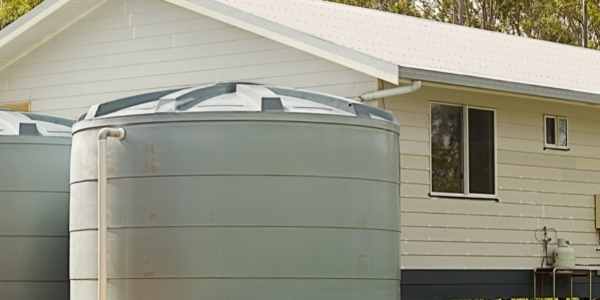
In addition to its environmental benefits, rainwater harvesting offers financial advantages. By reducing reliance on municipal water supplies, homeowners and businesses can lower their water bills and potentially save money in the long run. Moreover, some municipalities offer incentives, such as rebates and tax credits, to encourage the adoption of rainwater harvesting systems.
By embracing rainwater harvesting as a sustainable practice, individuals and communities can make a significant impact in reducing the environmental consequences of rainwater runoff. It is a practical and scalable solution that can be implemented by anyone, regardless of location or property size.
Green infrastructure for managing rainwater runoff
Green infrastructure is another effective approach for managing rainwater runoff and mitigating its impact on the environment. Unlike traditional stormwater management systems, which rely on underground pipes and storage tanks, green infrastructure utilises natural or engineered features to capture, absorb, and treat rainwater.
One example of green infrastructure is green roofs. These are vegetated rooftop systems that help reduce rainwater runoff by absorbing and retaining the water in the vegetation and soil. Green roofs not only provide insulation and energy savings for buildings but also create additional green spaces, improve air quality, and mitigate the urban heat island effect.
Permeable pavements are another form of green infrastructure that can effectively manage rainwater runoff. These pavements are designed to allow water to infiltrate through the surface, rather than running off. Permeable pavements can be made of porous materials or constructed with gaps that allow water to pass through. By reducing runoff, permeable pavements help replenish groundwater resources and prevent flooding.

Rain gardens and constructed wetlands are also valuable components of green infrastructure. These features are designed to capture and treat rainwater, allowing it to infiltrate into the ground gradually. Rain gardens, which are shallow depressions planted with native vegetation, help filter and cleanse the runoff before it enters water bodies. Constructed wetlands, on the other hand, mimic natural wetland ecosystems and provide a habitat for diverse plant and animal species while treating stormwater.
By incorporating green infrastructure into our urban landscapes, we can manage rainwater runoff in a sustainable and environmentally friendly manner. These features not only help reduce pollution and erosion but also enhance the aesthetics and liveability of our communities. With the right planning and design, green infrastructure can be integrated into both new and existing developments, providing long-term benefits for people and the planet.
Summary
The ripple effect of rainwater runoff is undeniable. From pollution and erosion to the degradation of aquatic ecosystems and the impact on drinking water quality, the consequences of rainwater runoff are far-reaching. It is essential that we recognise the environmental dangers posed by this seemingly harmless phenomenon and take action to mitigate its effects.
Through the adoption of sustainable practices such as rainwater harvesting and the implementation of green infrastructure, we can reduce the volume of runoff generated and prevent the pollution and erosion associated with it. These solutions not only benefit the environment but also offer economic and social advantages. By preserving our water resources, protecting our ecosystems, and ensuring the availability of clean drinking water, we are safeguarding the future of our planet for generations to come.
It is time to raise awareness, educate ourselves and others, and take responsibility for our individual and collective actions. Together, we can make a difference and create a more sustainable and resilient future. Let us embrace the challenge of understanding and managing rainwater runoff, and in doing so, protect the environment and preserve the beauty and health of our planet.
